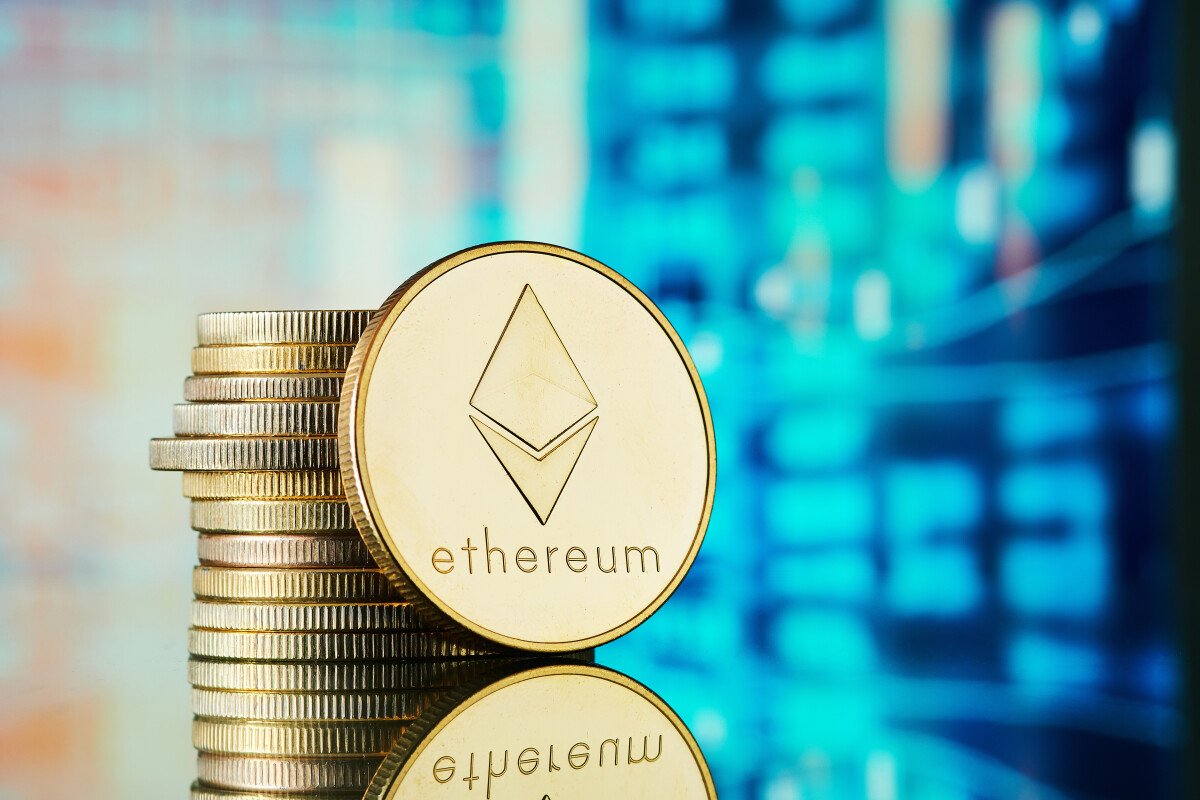
Disclaimer: The text below is an advertorial article that is not part of Cryptonews.com editorial content.
Liquid staking derivatives (LSDs) like Lido Finance, Ankr and Rocket Pool have emerged as one of the hottest new trends in the DeFi world, enabling investors to maximize their earnings potential by validating transactions for the Ethereum network without giving up liquidity. This is key because it allows users to stake ETH tokens without locking them up, meaning they can explore alternative opportunities to earn yield at the same time.
With traditional Ethereum staking, which is done to validate network transactions and earn rewards for participation, users would have to deposit their finds in a wallet and leave them there for a specified period of time. As a result, those funds are effectively frozen, resulting in a loss of liquidity.
LSDs are therefore a revolutionary concept for DeFi, allowing users to stake their ETH into an LSD protocol and earn the standard rewards for doing so, while simultaneously receiving what’s known as a “wrapped token”. Examples of these include stETH, cbETH, wstETH, frxETH, sfexETH and so on, with the exact token depending on which LSD the user stakes their coins into.
The great thing about these wrapped tokens or LSD tokens is they can then be used with supported crypto exchanges and traded normally, or else deposited into a range of compatible DeFi protocols that provide yield opportunities. In other words, they can be used to generate extra rewards, in addition to the basic rewards obtained from staking. The potential yields can be astronomical, with various strategies offering returns of between 30% and 40%.
The other benefit of LSDs is there is no minimum required stake. Native staking on Ethereum requires users to deposit at least 32 ETH, equivalent to around $49,000 at the time of writing. Of course, the vast majority of DeFi users are unable to come up with such a huge amount, meaning that LSDs open the doors to thousands of new investors.
More Liquidity = Higher Value
One of the advantages of LSDs is that, the more liquidity they attract, the more their value goes up. However, the upcoming Shanghai upgrade on Ethereum has led some Twitter users to speculate that some interesting things will happen.
This is explained in a recent post on Decrypt, which notes that the main impact of Shanghai when it is implemented in early April is that it will enable users to finally withdraw the rewards they’ve earned from staking ETH (currently, this is not possible, so all of those rewards have been accumulating over the past few months).
No doubt, with stakers finally able to claim their rewards, staking will become a much more attractive proposition, as it means users can generate a nice passive income stream. Even so, Ice v3 on Twitter warns that one consequence of this is that the LSD protocols might struggle to retain their present amount of liquidity. There are a couple of reasons for this. First, direct ETH staking will also generate higher yields as a result of the upgrade, making it more attractive than LSDs. In addition, many users who have built up rewards through the LSDs will likely be tempted to withdraw those earnings.
For LSDs to retain liquidity, they’re going to need to take some drastic steps, Ice v3 argues. Already, most LSDs are already paying out massive sums in so-called “bribes” to users, and these payments will likely increase to ensure their protocols remain attractive to depositors.
If that happens as expected, it will be good news for alternative DeFi players like Aura Finance. Aura is one of a new breed of “meta-protocols” that are dependent on another protocol – in this case, Balancer. What Aura does is it provides more incentives and rewards for liquidity providers on Balancer by providing them with tokens that act similarly to wrapped ETH. With Aura, users can obtain generous AURA token rewards through an array of staking and yield farming mechanisms.
LSDs may be able to leverage Aura and other, similar protocols themselves, as they in fact support a range of LSD assets. If LSDs leverage Aura to increase incentives, it will naturally increase the value of AURA itself. At the same time, Aura and other meta protocols can expect a big influx from users who give up on LSDs altogether.
It remains to be seen if this theory will pan out as expected, as DeFi is an unpredictable industry at the best of times. What is clear though is that the LSD space is about to undergo an extraordinary shakeup and create new opportunities for investors to maximize their rewards. The combination of staking rewards, plus additional earnings from LSD LPs and incentives from Aura promises to be an extremely lucrative opportunity and one that’s well worth following.
















